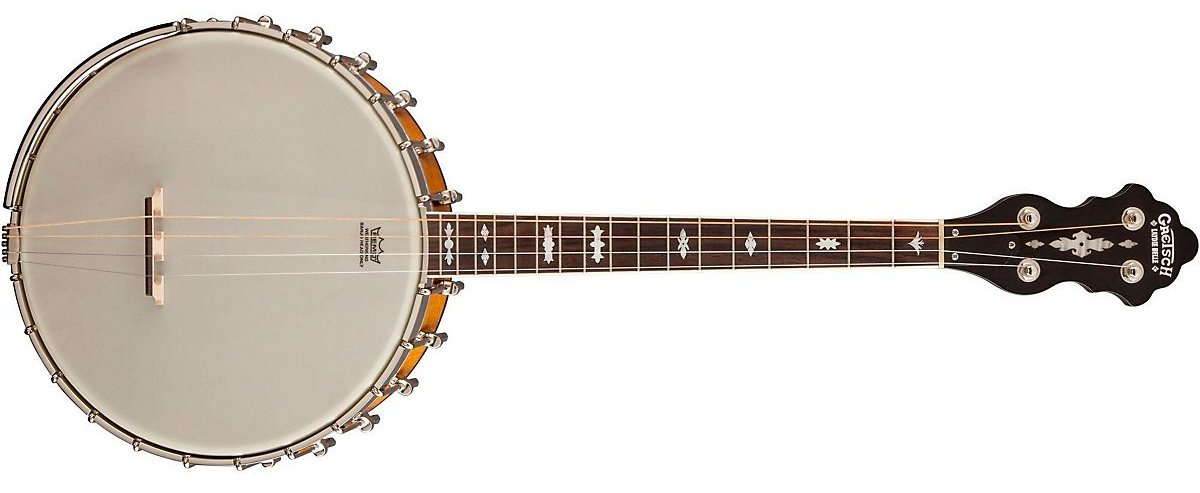
Once you grasp the forward roll, the backward roll is sure to come hot on its heels. Making sure there is equal spacing between each note is essential for establishing the proper rhythm, and the metronome will help you to achieve this. Practice playing this pattern along to a metronome until you can repeat it unaided without faltering. This would change your right hand fingering to play - thumb, index, middle - thumb, index, middle - index, middle. The first two notes, using the index and middle finger can either be played at the front of the roll pattern as it is here or you can move it to the end of the roll pattern. For instance the 3rd and 1st, or 4th and 3rd strings may be substituted instead, and it would still be considered a typical forward roll pattern. When laid out on a tab sheet it looks like this:Īlthough in this example the index and middle fingers pluck the 2nd and 1st strings, they could be used to pluck any two strings which are ascending in pitch.

Pluck the 1st string with your middle finger.Pluck the 2nd string with your index finger.It's made up of the following eight movements: The simplest of the bunch - as its name suggests, this roll is played forward and away from you across the strings. All you need to kickstart your playing are these four essential rolls: forward, backward, forward-backward, and mixed. The patterns may be chopped and changed to suit each song but can always ultimately be traced back to a few core ideas.Īs a beginner, learning all the variations on 5-string banjo rolls is neither necessary nor desirable. In bluegrass and 3-finger banjo the vast majority of tunes are made up of these different roll patterns. This means picking each note of the chord one after another as opposed to strumming them together, and is what gives 3-finger style such a distinctive sound.


By playing patterns over different chord shapes you create a stream of arpeggios or ‘broken chords'.
#Tefview banjo music for dooly series
In the case of 3-finger style, that means mastering the art of the roll pattern.Ī roll pattern is a series of eight notes picked repeatedly with the thumb, index, and middle fingers on the right hand (if right handed, opposite if left handed). If you wish to unlock the instrument's unique sound, however, you will have to learn one of the unique styles used to play it. In fact, as newcomers to the instrument that's where most of us tend to start out. With a few chords under their belt, and perhaps a plectrum to hand, almost anyone can have fun strumming away on the banjo.


 0 kommentar(er)
0 kommentar(er)
